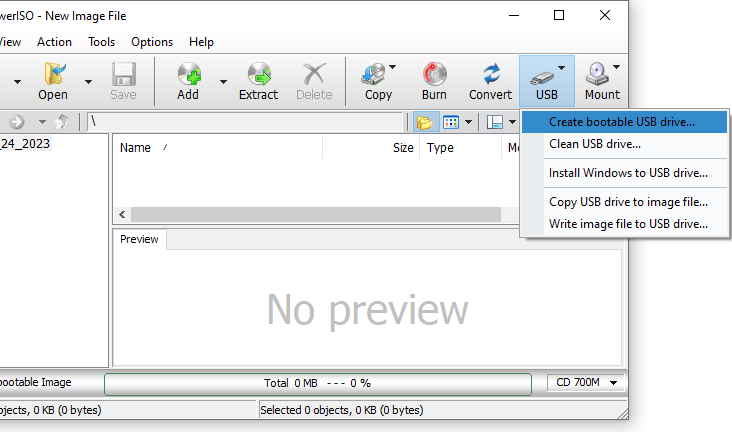How to install Windows 10 from USB with UEFI support
If you have a PC using UEFI (Unified Extensible Firmware Interface), you can use these steps to properly create a bootable USB media to install Windows 10.
When you're getting ready to install a new release of Windows 10, or you're planning to set up a dual-boot system, you first need to create a bootable USB media to start the setup and proceed with the installation. However, if you have a newer device that uses UEFI mode, instead of the legacy BIOS (Basic Input/Output System) firmware, you need to make sure the installation media includes the correct firmware support.
Thankfully, you have multiple choices to get this done properly. You can use the Microsoft Media Creation Tool, which makes it easy to prepare a removable drive with support for both firmware modes (BIOS and UEFI). And if the tool doesn't work, it's also possible to use the popular Rufus tool to create a bootable media specifically to work on UEFI devices.
In this Windows 10 guide, we'll walk you through the steps to create a USB bootable media with UEFI support using the Media Creation Tool and Rufus. Here's how to install Windows 10 from USB.




No comments:
Post a Comment